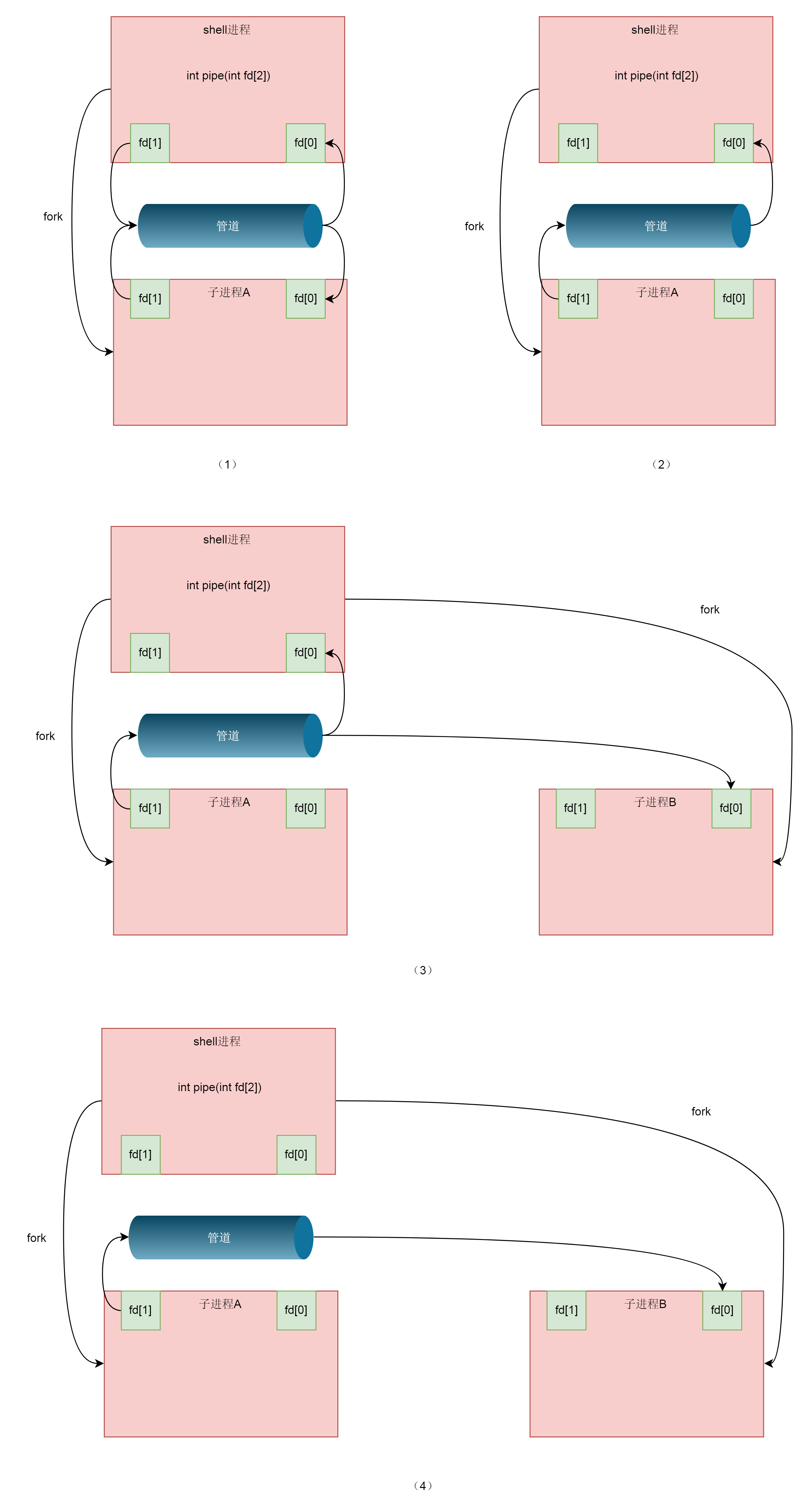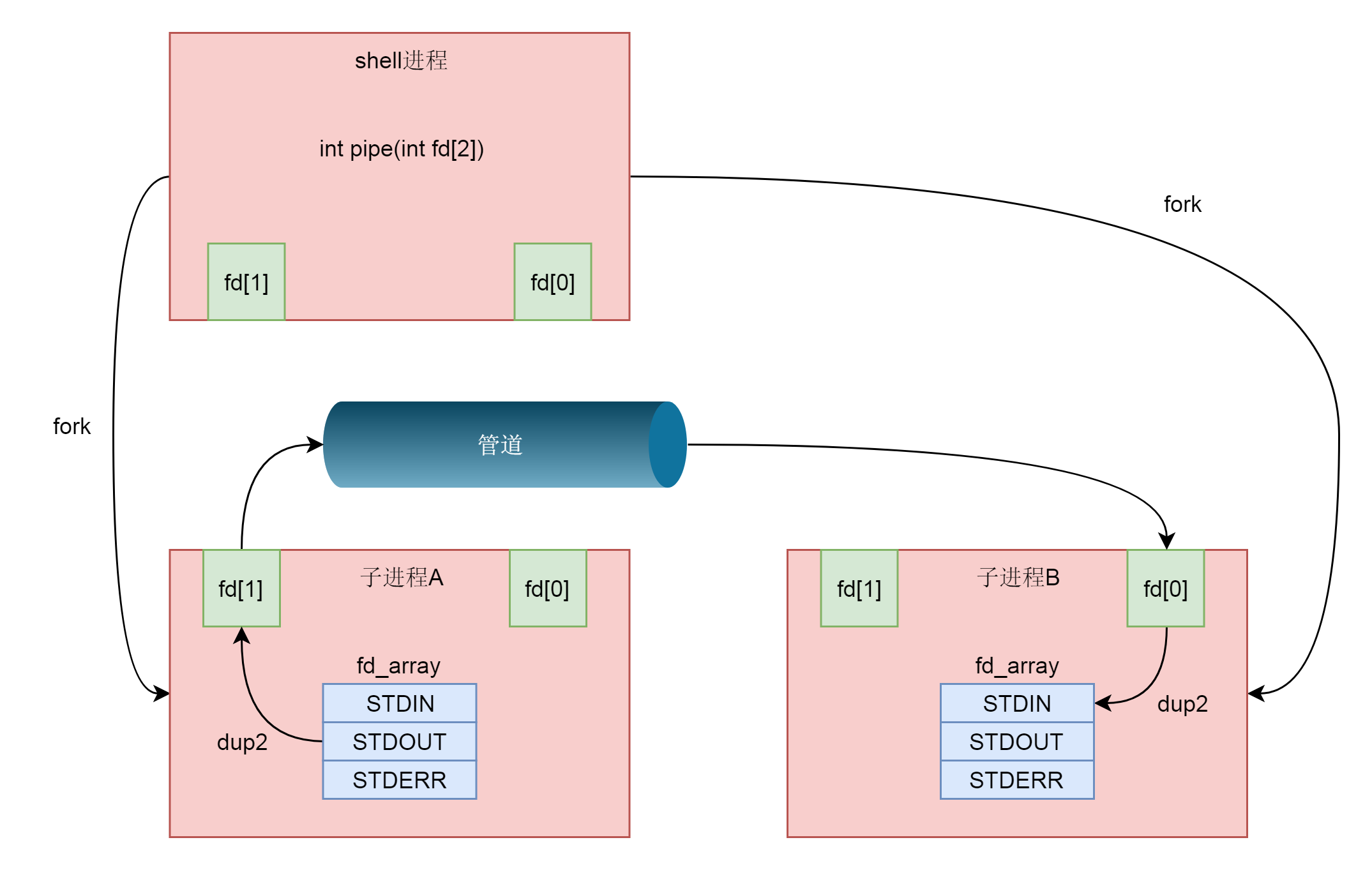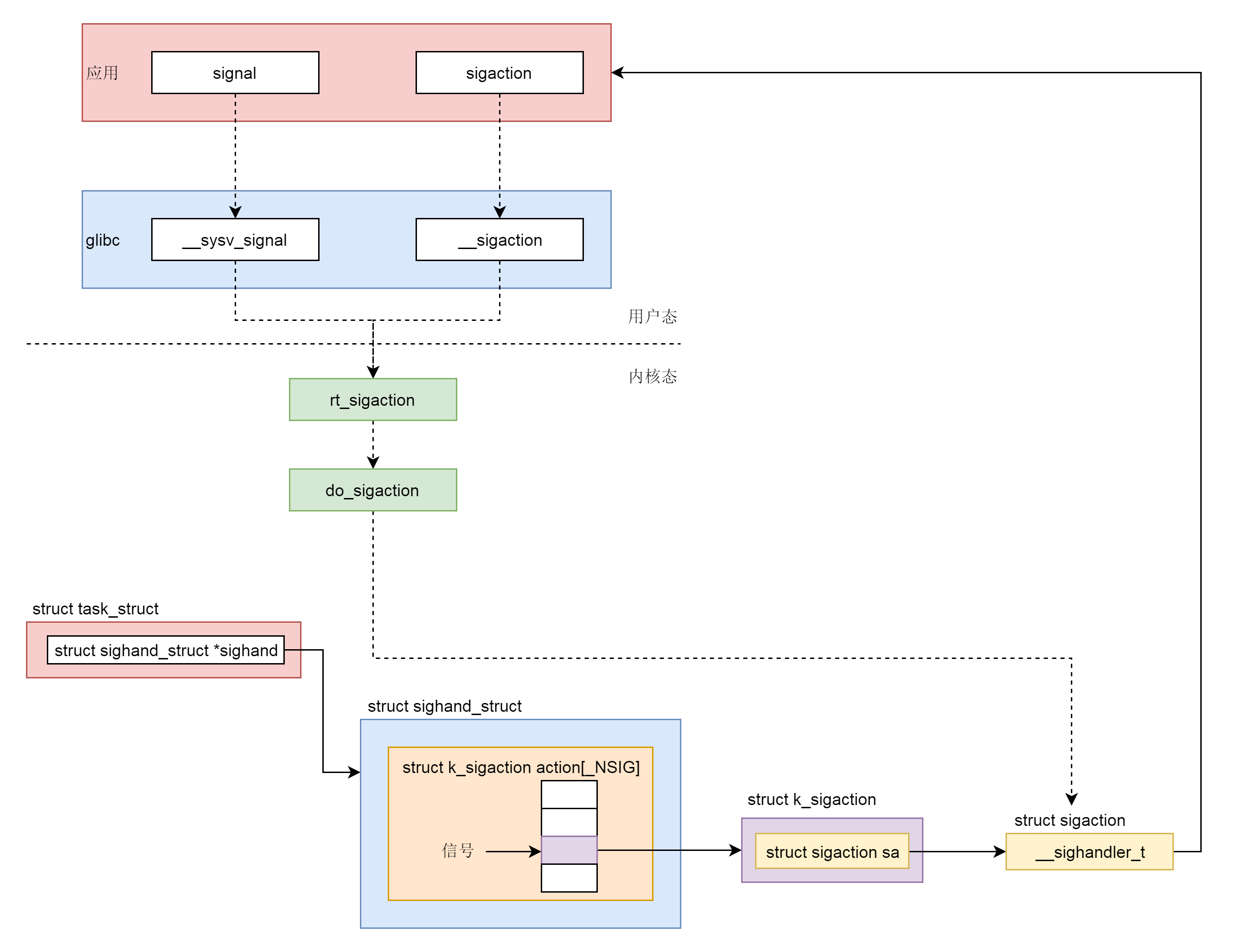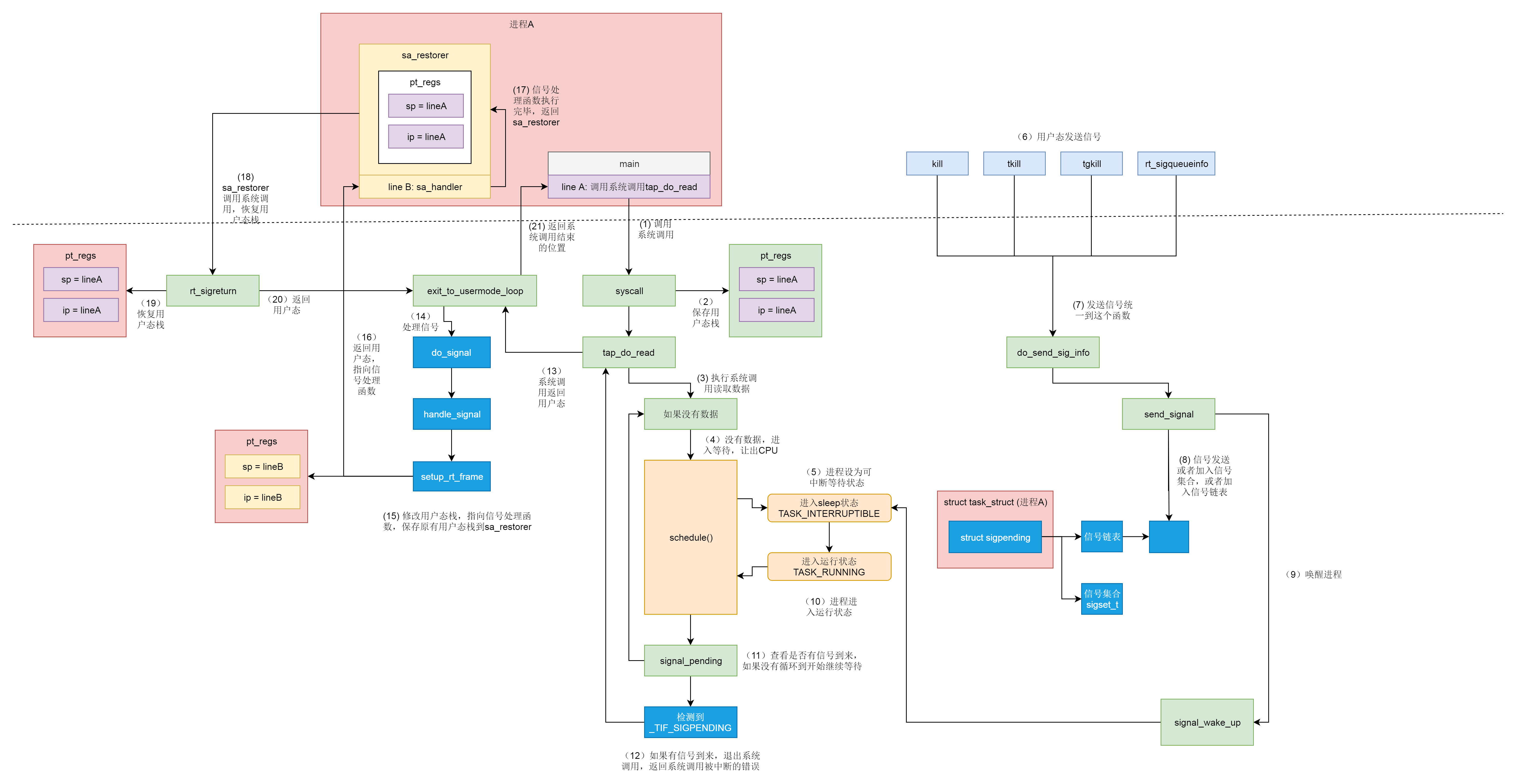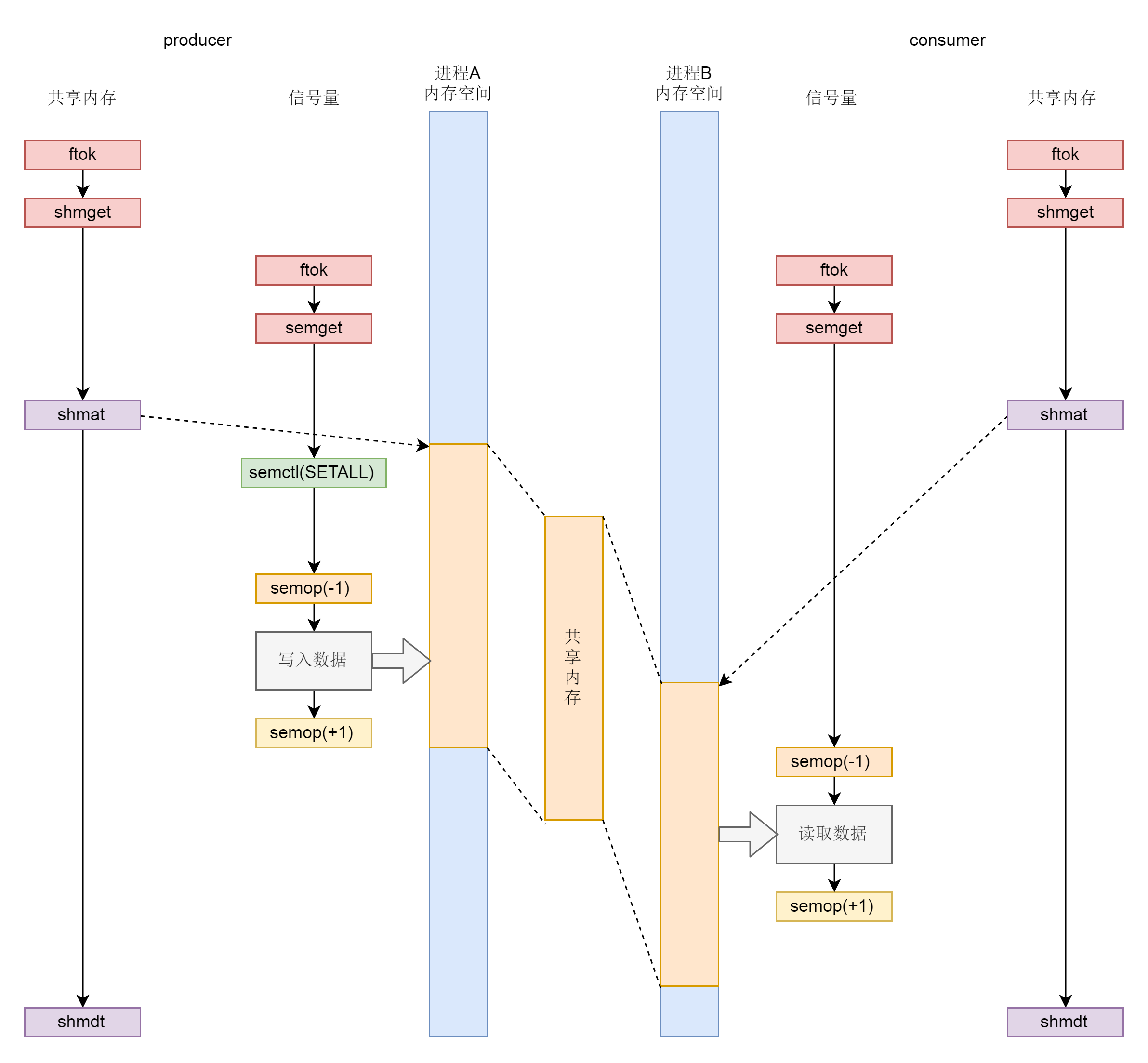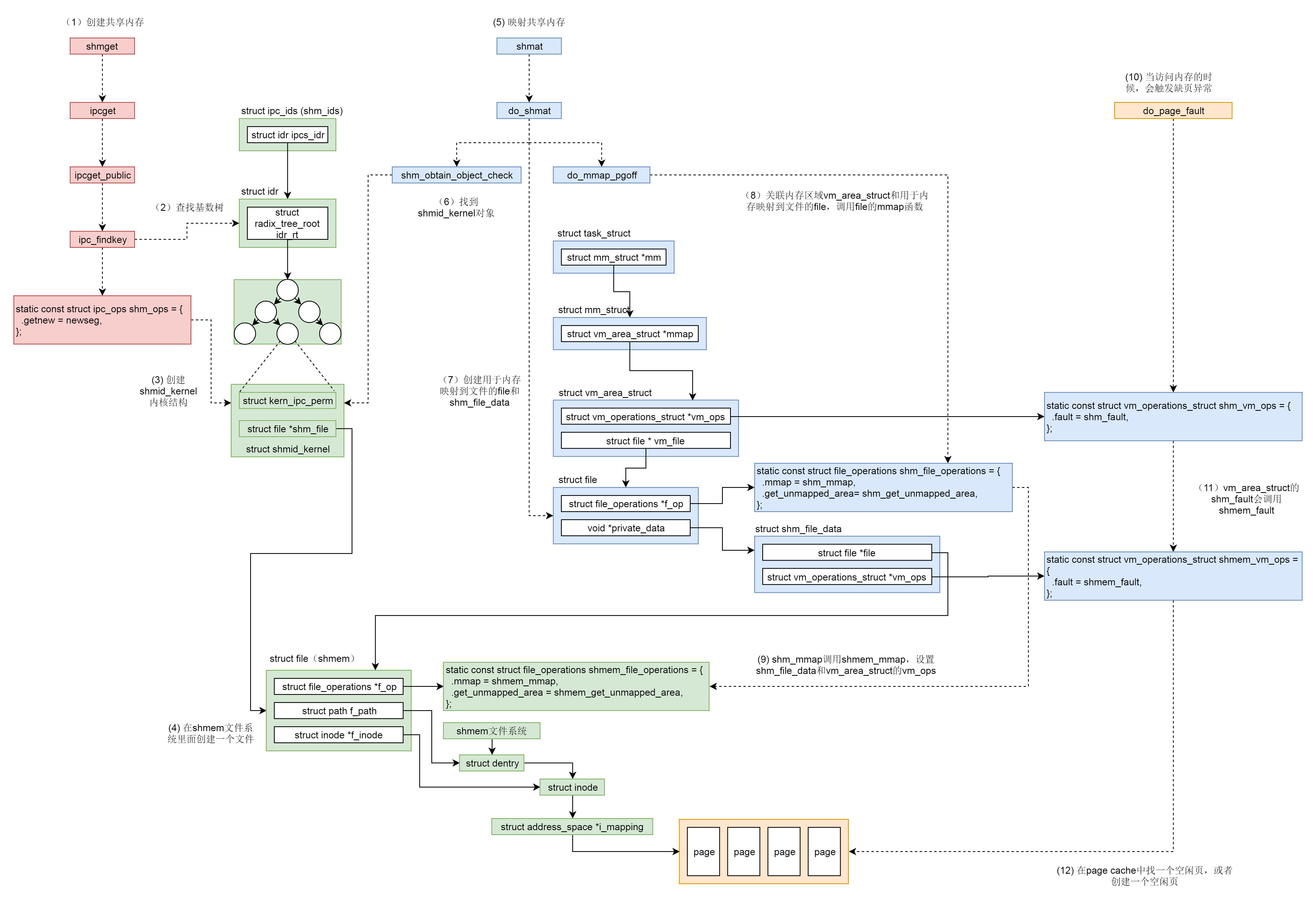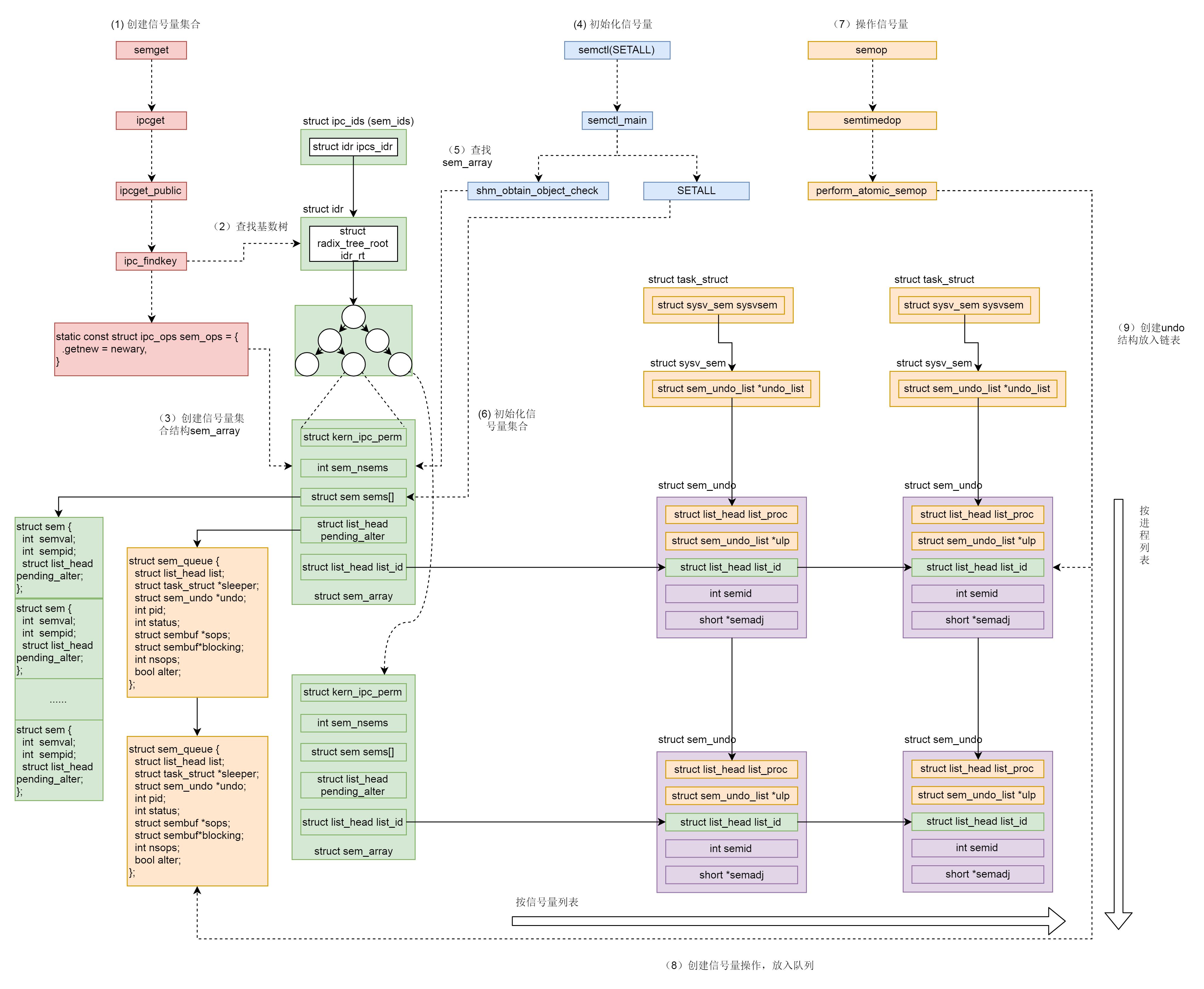1
2
3
4
5
6
7
8
9
10
11
12
13
14
15
16
17
18
19
20
21
22
23
24
25
26
27
28
29
30
31
32
33
34
35
36
37
38
39
40
41
42
43
44
45
46
47
48
49
50
51
52
53
54
55
56
57
58
59
60
61
62
63
64
65
|
#include <stdio.h>
#include <stdlib.h>
#include <sys/msg.h>
#include <getopt.h>
#include <string.h>
struct msg_buffer {
long mtype;
char mtext[1024];
};
int main(int argc, char *argv[]) {
int next_option;
const char* const short_options = "i:t:m:";
const struct option long_options[] = {
{ "id", 1, NULL, 'i'},
{ "type", 1, NULL, 't'},
{ "message", 1, NULL, 'm'},
{ NULL, 0, NULL, 0 }
};
int messagequeueid = -1;
struct msg_buffer buffer;
buffer.mtype = -1;
int len = -1;
char * message = NULL;
do {
next_option = getopt_long (argc, argv, short_options, long_options, NULL);
switch (next_option)
{
case 'i':
messagequeueid = atoi(optarg);
break;
case 't':
buffer.mtype = atol(optarg);
break;
case 'm':
message = optarg;
len = strlen(message) + 1;
if (len > 1024) {
perror("message too long.");
exit(1);
}
memcpy(buffer.mtext, message, len);
break;
default:
break;
}
}while(next_option != -1);
if(messagequeueid != -1 && buffer.mtype != -1 && len != -1 && message != NULL){
if(msgsnd(messagequeueid, &buffer, len, IPC_NOWAIT) == -1){
perror("fail to send message.");
exit(1);
}
} else {
perror("arguments error");
}
return 0;
}
|
